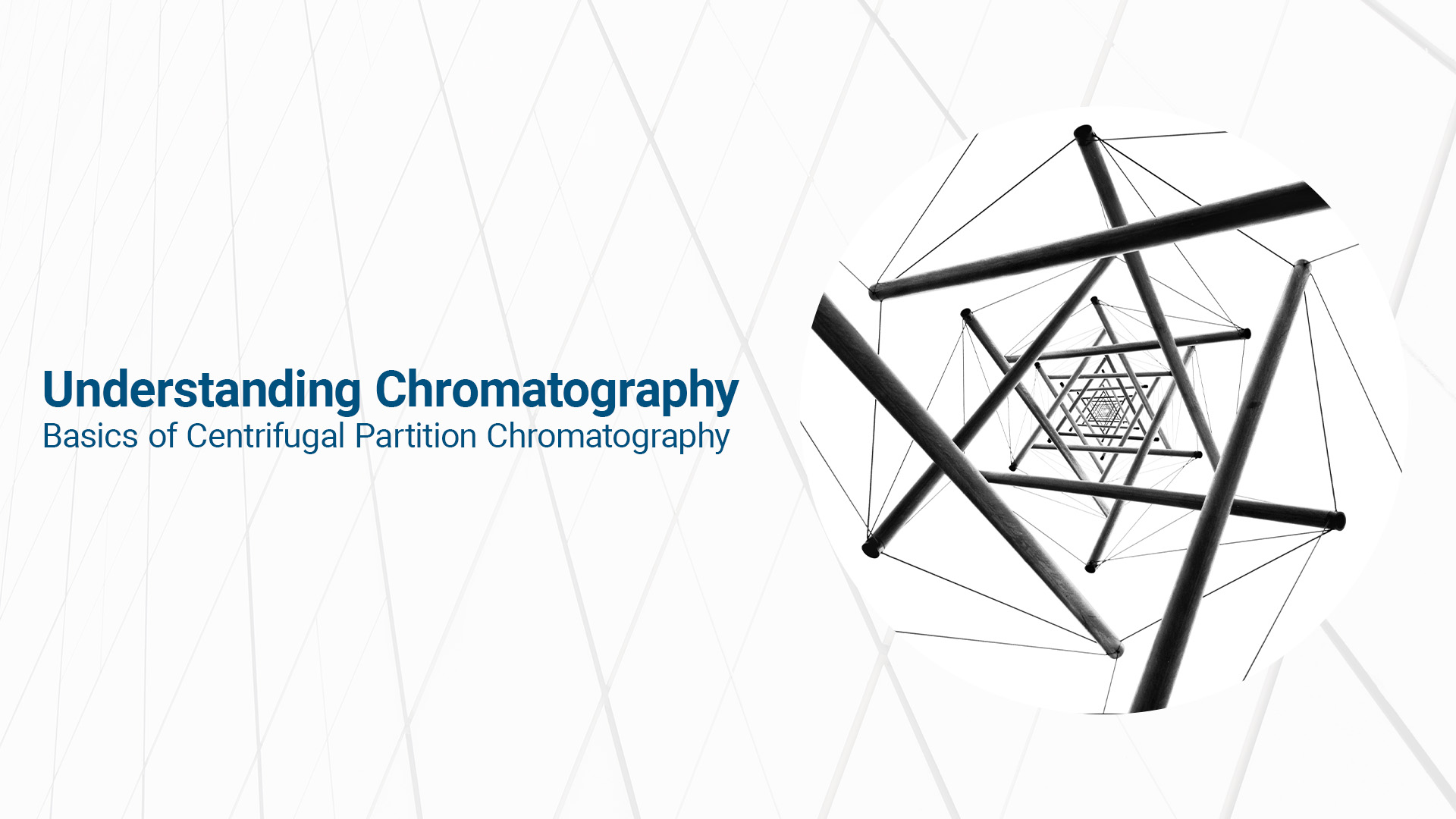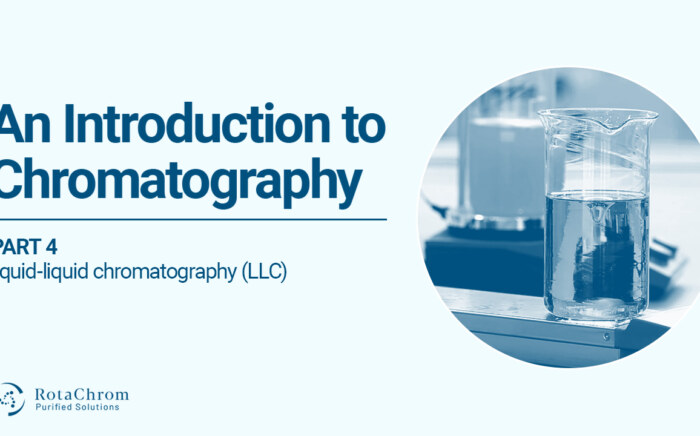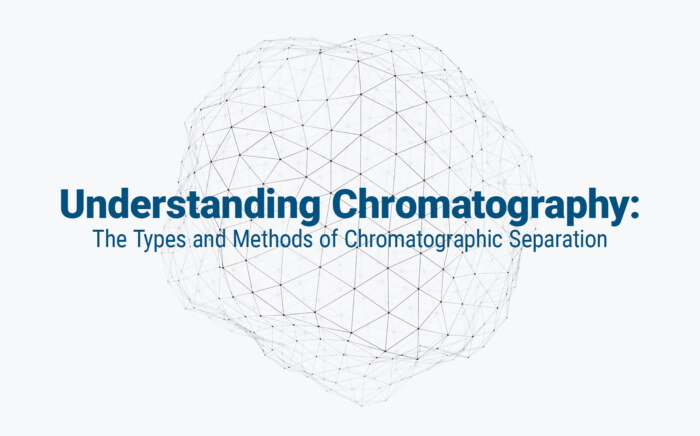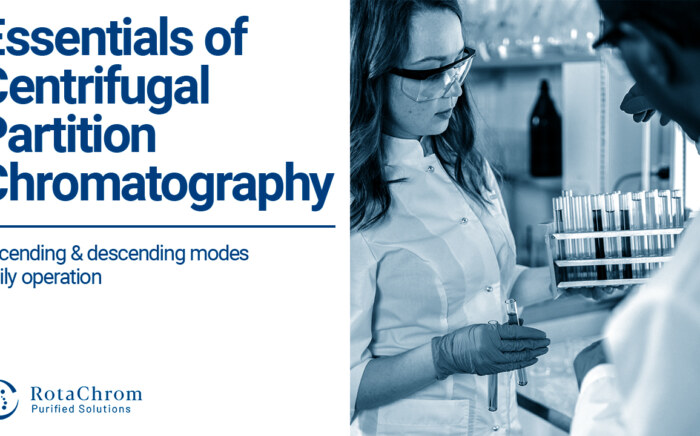Chemspec 2025 – A Recap
Conferences, Exhibitions, NewsCentrifugal Partition Chromatography (CPC): A Versatile Preparative Technique
Centrifugal Partition Chromatography (CPC) has emerged as an incredibly efficient preparative chromatographic technique, steadily gaining popularity within the scientific community. This innovative method employs two immiscible liquid solvent systems, serving as both the stationary and mobile phases, enabling the separation of sample components based on their distinct partition coefficients between these phases. The numerous advantages of CPC position it as an indispensable tool in the arsenal of scientists and researchers.
Understanding the Principles of CPC
At the heart of CPC lies the fundamental concept of the partition coefficient (Kd), representing the equilibrium constant for a compound’s distribution in a two-phase system. In CPC, a series of interconnected cells (columns) operate in conjunction, tethered to a substantial rotor. The liquid stationary phase is then introduced into this rotor-cell system and held in place by robust centrifugal force, while the other phase, constituting the mobile phase, is fed into the rotor containing the sample for purification.
The mobile phase, carrying the sample, is pressurized and dispersed into minuscule droplets that traverse the stationary phase. The separation of sample components occurs based on their varying partition coefficients between the stationary and mobile phases. Components with higher partition coefficients in the stationary phase exhibit increased retention, while those with lower partition coefficients move swiftly through the system.
Advantages of CPC: A Paradigm Shift from Traditional Approaches
CPC boasts several pivotal advantages over conventional solid support-based preparative liquid chromatography. One of its primary merits lies in its straightforward separation mechanism, rendering it relatively simple to develop and scale-up the method as needed. Moreover, CPC offers high loadability and ensures optimal recovery, eliminating sample loss attributable to irreversible adsorption. Its stationless nature eradicates the necessity for a solid stationary phase, substantially reducing solvent consumption and enhancing cost-efficiency for sample purification.
Another crucial advantage of CPC is its versatility, empowering it to efficiently separate a wide array of compounds, encompassing proteins, nucleic acids, and small molecules. This versatility makes CPC a preferred choice across diverse domains, including biotechnology, pharmaceuticals, and other realms where high-purity samples are indispensable.
Exploring CPC with RotaChrom: A Game-Changing Innovation
RotaChrom has pioneered a significant leap in preparative purification through their method of industrial-scale centrifugal partition chromatography. Unlike traditional liquid chromatography, this groundbreaking system does away with the need for a solid stationary phase like silica gel, achieving remarkably accurate molecular separation. The results, both in terms of yield and purity, exceed conventional liquid chromatography standards. Additionally, RotaChrom’s platforms have substantially reduced costs and streamlined downstream method development, establishing it as a highly effective solution for a wide spectrum of purification challenges.
CPC has indeed emerged as a potent and versatile tool for sample purification and separation, offering a streamlined mechanism, high recovery rates, and cost-effectiveness. Its popularity continues to soar among scientists, researchers, and laboratory technicians seeking effective solutions for purifying proteins, nucleic acids, or small molecules, effectively aiding them in achieving their research objectives.



